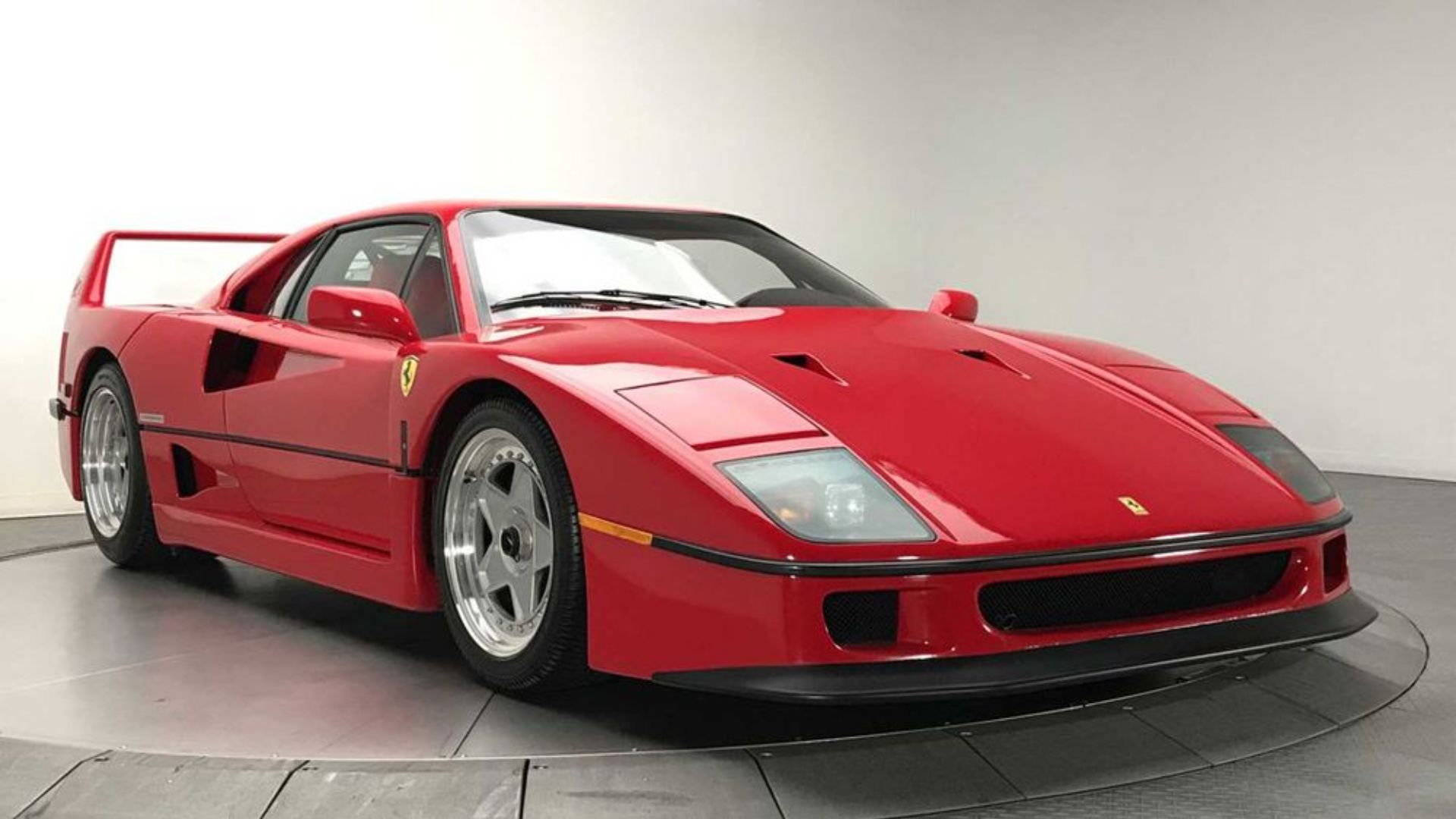The Ferrari F40 is often described in superlatives: fastest, most raw, most iconic. But beyond the famous facts lies a treasure trove of lesser-known insights about what may be the most revered car Ferrari ever built. Launched in 1987 to commemorate the brand’s 40th anniversary, the F40 was the last model personally approved by Enzo Ferrari—cementing its place in automotive history.
1. It Was More Than a Tribute
The F40 was more than a celebration—it was a mission. Ferrari built the car to prove it could outgun the Porsche 959 in performance and presence, even after Group B racing was canceled.
2. Entering the Cabin Was an Art Form
There’s no graceful way into an F40. The minimalist, tightly bolstered carbon seats and low-slung roofline make every entry and exit a spectacle.
3. Price Shock—Then and Now
Launched at $250,000, the F40’s price soared to nearly $1 million during a late-‘80s boom. Today, pristine examples regularly exceed $2 million at auction.
4. No Handles, No Problem
Weight-saving measures included eliminating interior door handles. In their place: a simple pull cable.
5. Conceived for the Track, Released for the Street
The F40’s roots lie in an aborted racing project. When Group B dissolved, Ferrari adapted the prototype for street use instead.
6. Designed in Secrecy
Few within Ferrari even knew the F40 existed until its official reveal in 1987. The secrecy preserved the impact of its bold styling and mission.
7. First to Break 200 mph
With a top speed of 201 mph, the F40 was the first production car to officially exceed 200 mph—a milestone that redefined the performance benchmark.
8. A Composite Pioneer
It was among the first cars to extensively use carbon fiber, Kevlar, and aluminum, shedding weight while increasing rigidity.
9. No Frills—Except One
While stripped of carpets and insulation, the dash was oddly trimmed in carpet—a small nod to comfort in an otherwise brutalist interior.
10. Designed by Pininfarina, Engineered by Passion
Styled by Leonardo Fioravanti at Pininfarina, the F40’s dramatic lines, gaping intakes, and towering rear wing remain instantly recognizable symbols of Ferrari’s golden age.
Even now, decades later, the F40 stands untouched by time, idolized not just for its stats, but for its spirit. In an age of hybrid hypercars and digital dashboards, the F40’s analog soul still roars louder than ever.

[…] For car enthusiasts, few vehicles inspire excitement quite like the Plymouth Barracuda. Emerging as Plymouth’s bold answer to Ford’s Mustang, the Barracuda captivated drivers for a decade between 1964 and 1974. Today, it continues to be cherished as a highly collectible piece of American automotive heritage. […]